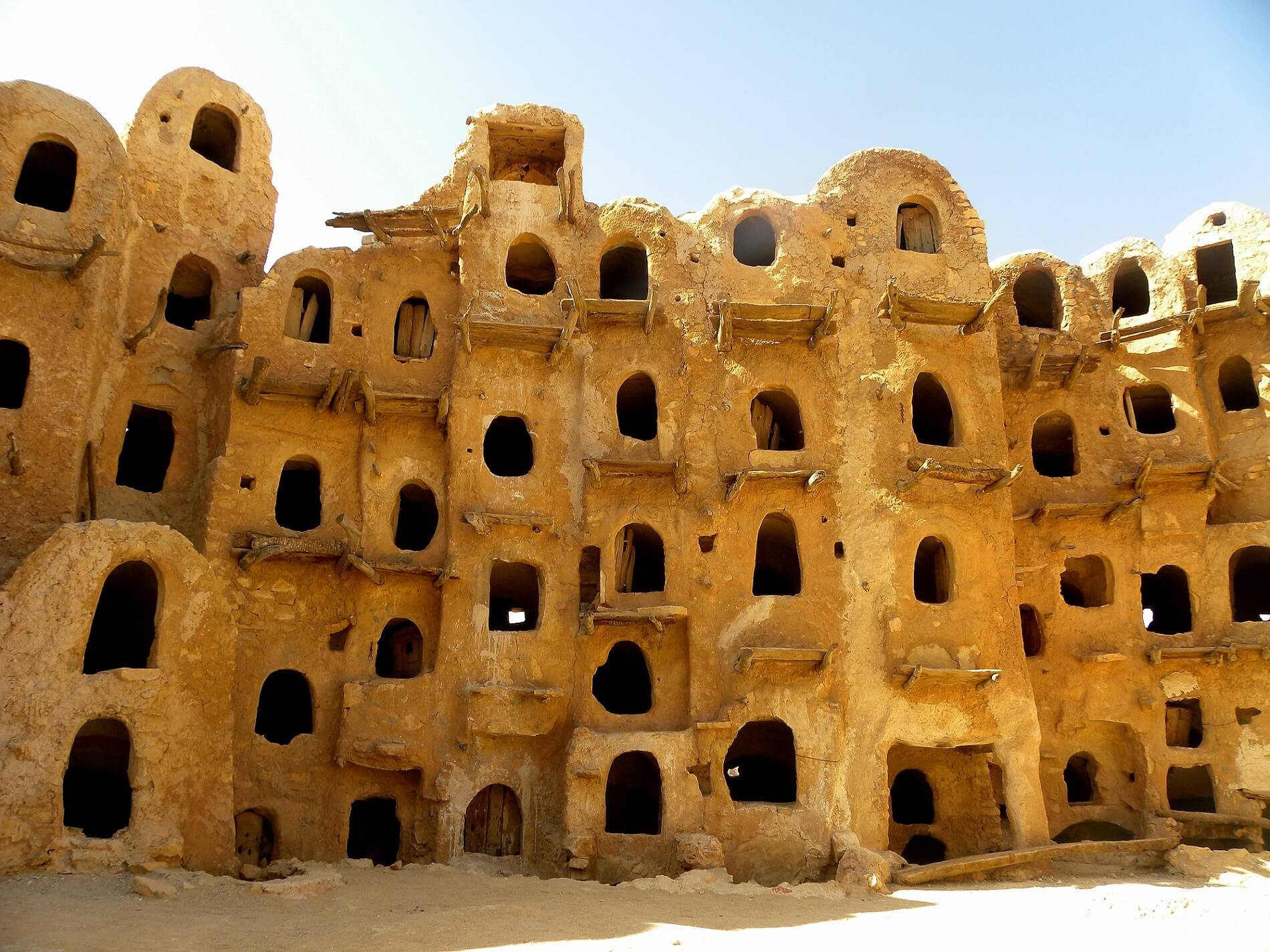Sources report that anti-Libyan National Army (LNA) Misratan powerbrokers have effectively taken over the Government of National Accord (GNA) and have reportedly received one billion Libya dinars of funds, more than half of the emergency funds Prime Minister Fayez al-Serraj made available to the war effort, in exchange for their political and military support. The conflict has already drawn in large forces from Misrata, including under GNA’s Central Region Military Command headed by Lieutenant General Mohammed al-Haddad. Sources report that as much as 20 per cent of the available Misratan militias (Misrata has over 200 militias with some 18,000 men at their disposal) have deployed to support anti-Haftar forces in Tripoli including Misrata’s Joint Security Operations Room's "Special Task Force," the Halbous Brigade, the Marsa Brigade, the 166th Brigade, and the 301st Battalion.However, divisions have started to emerge within the anti-LNA coalition with reports suggesting the Misrata Joint Security Force withdrew its troops from Tripoli following a breakdown in relations with Tajoura’s 33 Infantry Brigade led by Bashir Khalfalla (aka al-Bograh). The point of contention was the alleged presence of Benghazi and Derna Shura Council members within their forcesFor the majority of GNA-aligned militias, it is not loyalty to the GNA that constitutes a group’s primary allegiance, but rather their fierce opposition to Haftar and the LNA and defence of their territory. This opposition has seen the formation of a loose “anti-LNA coalition.” Within a few days of the assault, the GNA attempted to co-opt this coalition, started referring to this group as “their” forces, dubbed it “al-Jaysh al-Libi” (the Libyan Army) and appointed a spokesperson for it. Nevertheless, these groups have often not worked together before and have had little time to facilitate coordination amongst themselves. As for efforts to coordinate military actions, the defence of Tripoli is likely being coordinated among leaders in the TPF, Zintani commander of the GNA Western Region Usama al-Juwaili, GNA Central Region commander Mohamed al-Haddad, and Minister of Interior and Defence Fathi Bashagha via informal commander-level discussions. There is not only an innate fragility in the operational aspects of the anti-LNA coalition, but the strength of the coalition as a whole. The more protracted the conflict becomes the more the underlying and long-standing differences, divisions, and points of contention will re-emerge – potentially seeing it splinter, fracture and break down. The same is likely to happen if the anti-LNA alliance manages to secure a resounding defeat of the LNA – once that shared enemy is gone, infighting will resume and new alliances and power structures will be fought over.

